What secrets do the coffee beans contain?
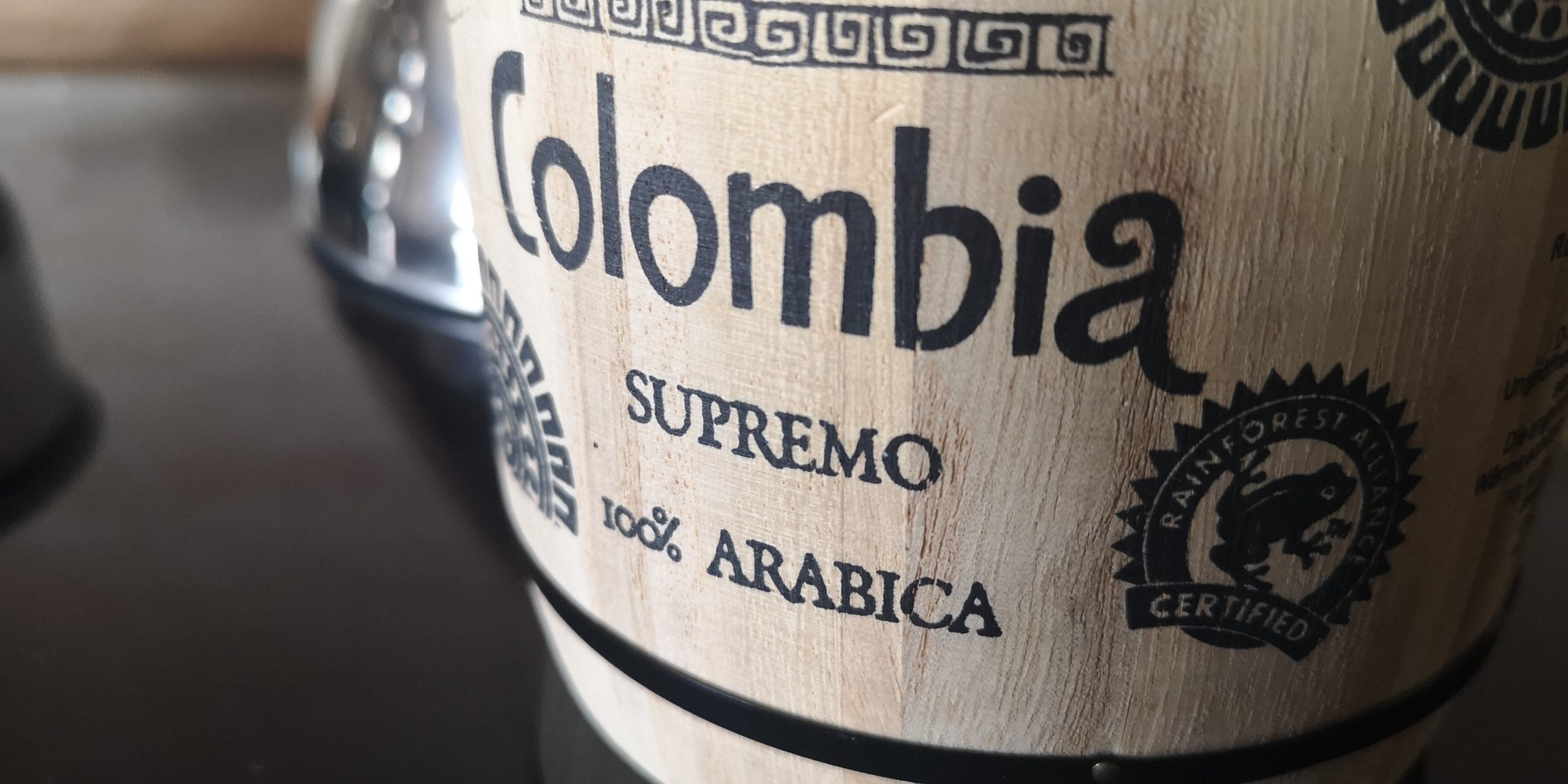
What to look for when buying coffee?
The taste of our morning coffee depends not only on the way it is roasted and prepared, but also on what kind of beans we use. Theoretically, there are over 60 species of coffee tree in the world. In a fact, only Arabica and Robusta matter. What is the difference between these varieties and how to consciously choose beans for your espresso?
Where do coffee beans come from?
A coffee tree is a tree that grows up to 15 meters in a natural environment. On the plantation, however, it looks much more like a bush, because it is cut to a height of 2 meters. Several times a year, white flowers appear on it, which, when pollinated, turn into small, red fruits.
In the center of these cherry-like balls there are two grains, which are separated by a characteristic furrow called by the specialists a seam.
ARABICA AND ROBUSTA – WHAT ARE THE DIFFERENCES?
Most coffee beans for espresso machines available in stores are mixtures that most often contain Arabica and Robusta. Although this first type of coffee is widely considered more exclusive, Robusta also has many fans. What is the difference between the two species?
Arabica
This type of coffee beans is by far the most common. Arabica dominates 70% of the market and is valued most by gourmets. Coffee Arabica is also the oldest coffee, which discovery dates to the mid-eleventh century. What is characterized by?
Its grains are oblong and flat, in the middle of them there is an “s” -shaped seam. The slightly greenish color is also significant for them. However, this is just the look. What are the properties and taste of Arabica?
Coffee brewed from such beans will be mild and aromatic. Slight acidity can be felt, as well as chocolate or spicy notes. This type of beans is also characterized by a low caffeine content, which ranges between 0.9 and 1.7%.
The unique taste of Arabica is, however, paid for by the great difficulties associated with its cultivation. The coffee that gives this type of grain is very sensitive to any climate change. The plant must be grown in tropical conditions. So high humidity is necessary and the temperature should oscillate around 30 degrees Celsius. There are mainly varieties from Brazilian plantations and “other milds”, which are grown most often in Columbia, India, as well as in Java and the Caribbean.
Characteristic features:
- low caffeine content,
- chocolate or spicy aftertaste,
- slight acidity,
- longitudinal grains with the “s” furrow.
Robusta
It is a type of coffee beans that almost covers the rest of the market. The main difference is the much higher caffeine content, which can sometimes reach almost 5%. This property of Canephora coffea, because it is called Robusta in a different way, makes it eagerly added to Arabica, so that the brew, apart from its unique taste, is also much more stimulating.
This type of coffee beans was discovered in the nineteenth century and the attention of growers was primarily drawn to the fact that trees of this species are much more resistant to climatic conditions, and also bear fruit more often than Arabica.
Robusta beans are oval and have a straight seam. A sharp, bitter aftertaste is perceptible. Most often it is grown in central Africa and Vietnam. Characteristic features:
- expressive, bitter taste,
- high caffeine content,
- oval grains with a straight furrow,
- significantly greater resistance to climatic conditions and diseases.
Other types of coffee beans
Arabica and Robusta are the best known coffee beans, but not the only ones. In stores, we can still meet with Liberika and Excelsa, but they are not as aromatic as the dominant types. The advantage of Liberyka is definitely high efficiency, because its grains reach much larger sizes. It is used as an admixture in low quality coffees or instant coffees.
The most expensive does not mean the best!
The quality of coffee is not so much determined by the price, even though good coffee must cost. Ridiculously expensive coffees, although often quite good, owe their price primarily to the legends that are created around them. Italian coffees, which many people like, are usually scorched and taste similar. So what should you pay attention to?
“Specialty coffee” quality mark
The term or rather this title is given to coffees, which usually come from small plantations, located in places where there is a perfect microclimate for coffee growing. They are hand picked and processed. If coffee from such a plantation scored 80 or more points (out of 100) on the SCAA (Specialty Coffee Association of America) scale, it receives the “specialty coffee” quality mark. These are non-industrial coffees, grown using traditional methods. The “specialty” coffee segment was born at the turn of the 1960s and 1970s.
-
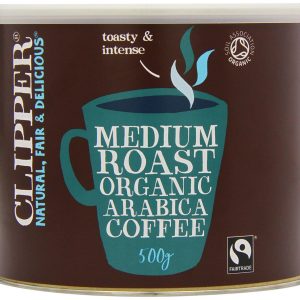 Clipper Organic Medium Roast Arabica Coffee 500g
Clipper Organic Medium Roast Arabica Coffee 500g -
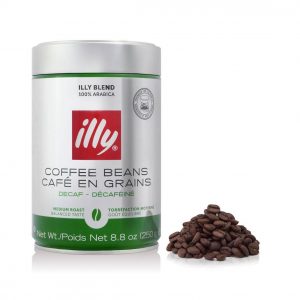 illy Whole Bean Decaffeinated Coffee 250g
illy Whole Bean Decaffeinated Coffee 250g -
 Kenco Decaffeinated Instant Coffee 500g
Kenco Decaffeinated Instant Coffee 500g -
 Kenco Westminster Filter Coffee 50x60g
Kenco Westminster Filter Coffee 50x60g -
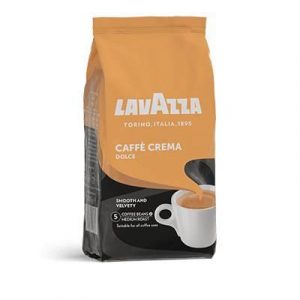 Lavazza Caffè Crema Dolce 1000g
Lavazza Caffè Crema Dolce 1000g -
 Lavazza Espresso Crema & Aroma 1000g
Lavazza Espresso Crema & Aroma 1000g -
 Lavazza Qualità Oro 250g
Lavazza Qualità Oro 250g -
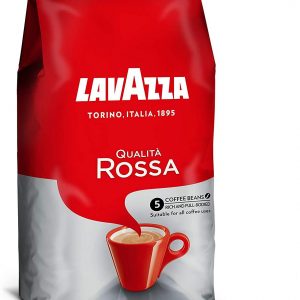 Lavazza Qualità Rossa Coffee Beans 1000g
Lavazza Qualità Rossa Coffee Beans 1000g -
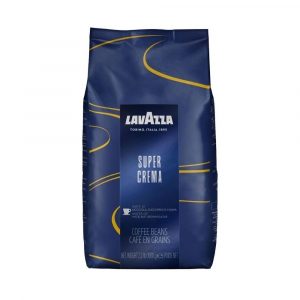 Lavazza Super Crema 1000g
Lavazza Super Crema 1000g
Coffee evaluation is carried out by certified kippers who examine samples of unburned beans, as well as burnt, ground and brewed. It is checked for foreign matter such as pebbles or sticks. The appearance and size of the grains are assessed. In the case of grains burnt, ground and flooded with water, the aroma and taste, acidity, fleshiness (i.e. the body), aftertaste, sweetness, and purity of the brew are evaluated. This is a complicated process and requires a lot of knowledge about coffee and a well-functioning nose and taste buds. If all these factors are taken into account and the coffee scores over 80 points, it will be specialty coffee.
Around 5% of the coffee grown in the world belongs to the specialty segment. The rest, i.e. 95%, is industrial coffee, grown on large plantations, where the coffee fruit is harvested with combine harvesters, and then roasted in large roasters: (too) quickly and in (too) high temperature. The result is coffee that may give you a kick, but it’s definitely hard to feel the notes of nuts, chocolate or citrus, there is no perfect balance between pleasant bitterness and the acidity and other qualities of high-quality coffee. It is quite cheap, which is important for most buyers.
The name “specialty coffee” is reserved for coffees that have undergone the certification process. All coffees that have names such as ‘premium’ or ‘gourment’ in their names are often not specialty coffees. These terms are purely marketing, and in no way have to be associated with the quality of the coffee.
„Cup of Excellence”
A special area of specialty coffees is “cup of excellence”. It is a multi-stage competition that results in the selection of the best coffees. Each farmer can submit samples of his coffees, which are first evaluated in the national competition, and then the best ones go to the international stage. Beans that reach a minimum of 86 points receive the title “Cup of Excellence”, which plantations can use for 1 year. Cup of Excellence is an Oscar in the world of coffee.
The most expensive coffee in the world?
As we have already mentioned, the most expensive does not mean the best. So what affects the price of coffees such as Kopi Luwak or Jamaica Blue Mountain?
These are undoubtedly the most expensive coffees in the world. Most of their price, however, comes from the legend attributed to the species.
Jamaica Blue Mountain is famous primarily because it is packed in wooden barrels instead of jute sacks and actually comes from Jamaica, which sounds better than Panama or Brazil.
Kopi Luwak has a slightly more interesting history. This is coffee from Indonesia, which grains were eaten and then excreted by an animal called Asian palm civet. Then, of course, they are washed, cleaned and burned. Kopi Luwak has widely gained the status of “best coffee in the world”. This is definitely a unique coffee, due to the process of creation, however …
A dozen years ago, the Asian palm civets lived wild on plantations, they chose only the most ripe coffee fruit that they ate, leaving behind them “ugly”, i.e. slightly digested seeds, i.e. coffee beans. They are currently kept in cages and fed by force. So, present, Kopi Luwak is not a coffee selected by an animal, and its price is 90% legend and strain.
So what grains should I choose?
If you fancy something more than scorched beans from industrial plantations, it is worth targeting coffees with the “specialty coffee” sign, which price is not excessive, but they were made in a traditional way, and their attractive essential oils did not evaporate in the roasting process. Browse our store offer or look into the coffee roaster if you have one in the area. The offer is rich and it is worth experimenting to find your own taste.
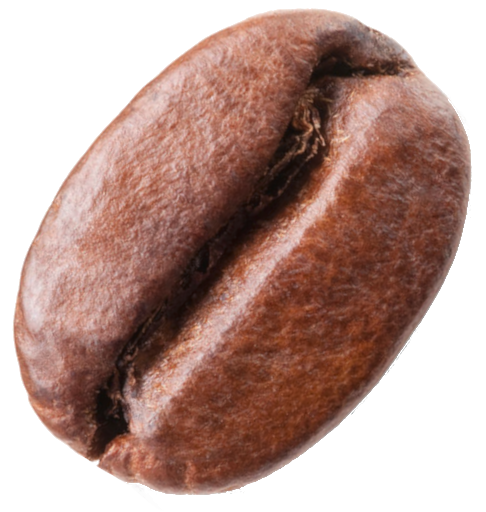
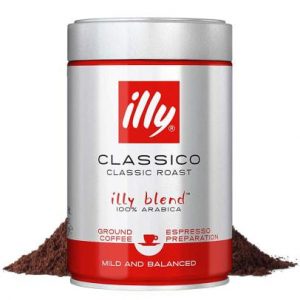
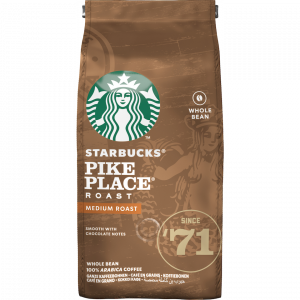
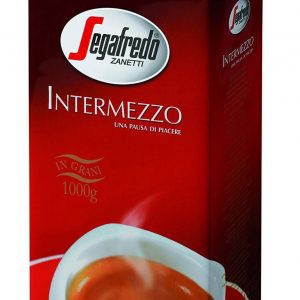
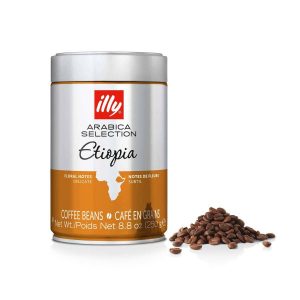
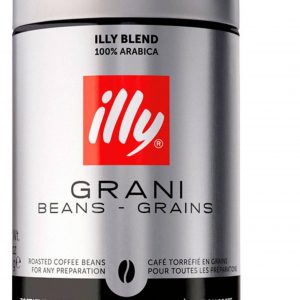

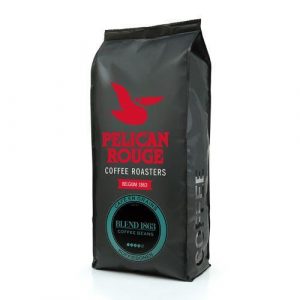
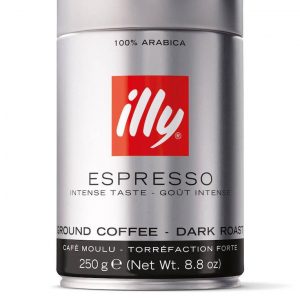
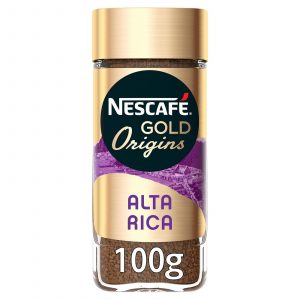
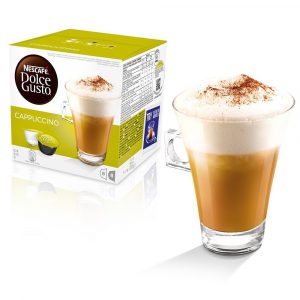

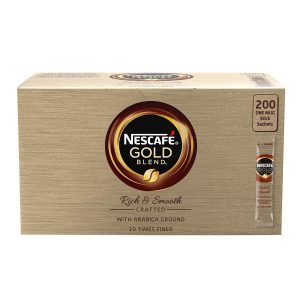
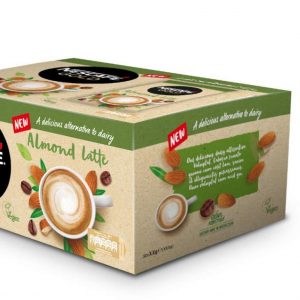

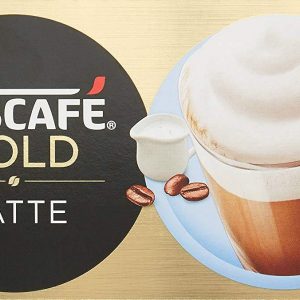
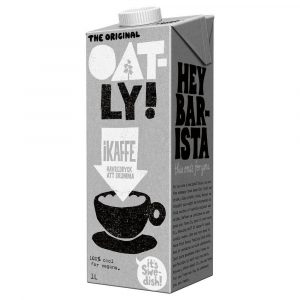
1 thought on “What secrets do the coffee beans contain?”